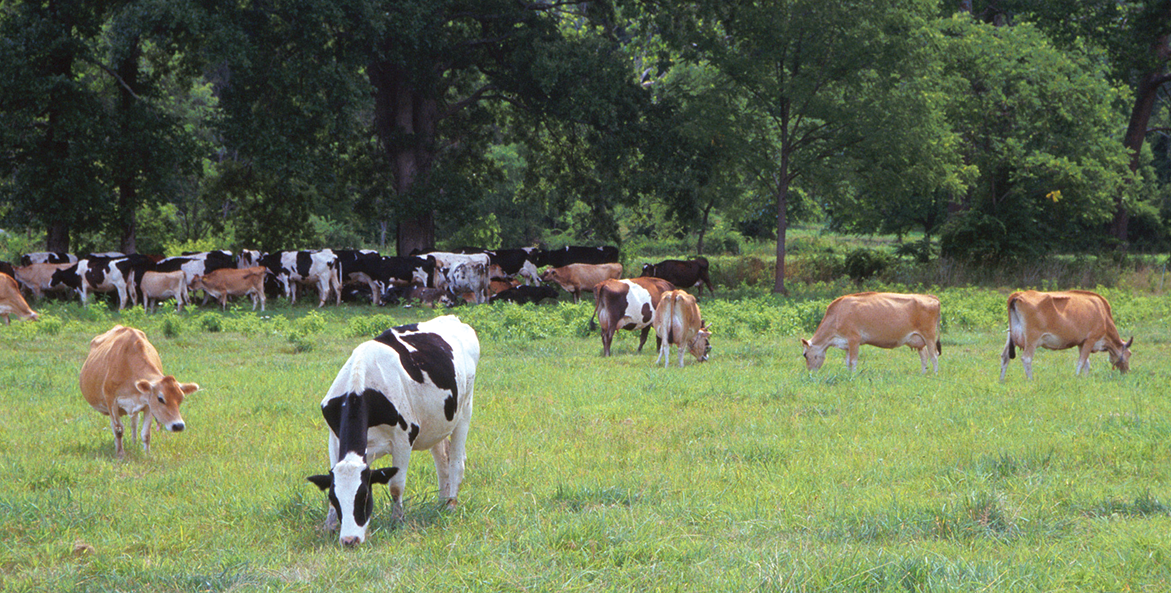How can we grow food in a way that is good for us and good for our environment? Bay restoration arguably rests on the answer. Agriculture remains the watershed's single largest source of pollution, and the Bay states are relying on farms to make 80 percent of the remaining reductions needed to reach restoration targets by 2025. It's also a huge opportunity to build food systems that are more resilient to climate change, boost rural economies, and provide access to nutritious food. This month, we look at solutions. Our new report, Farm Forward, outlines how investments in federal programs that fund key agricultural conservation practices can support water quality, climate, and economic goals. The pioneering research of George Washington Carver underpins many of the practices used for regenerative agriculture (and for Black History Month, check out more stories that celebrate Black changemakers in the Bay watershed). We also look at the benefits of buying local food and how to do it; check in with CBF's Michael Heller on his 40-year career transforming Clagett Farm into a working model of regenerative agriculture; offer up farm-friendly dinner and movie recs just in time for the weekend; and share an opportunity to go behind-the-scenes at a different type of farm—an oyster hatchery. The way we farm ultimately affects everything downstream, including Bay critters big and small—from whales to otters to seahorses.
Finally, stay up-to-date on all the headlines and legislative action with our monthly news wrap-up.
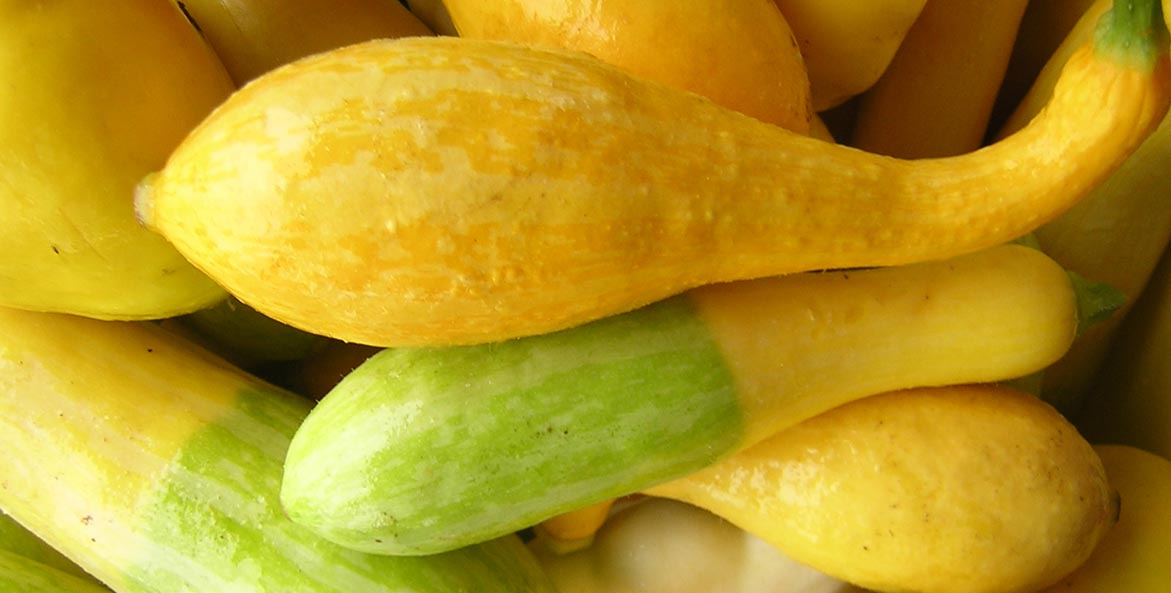
Eating in-season fruits and vegetables offer a powerhouse of nutrients and flavor.
Roshani Kothari
Local Food, Local Farms
We often hear that we should buy local food, but why? It goes deeper than nutrition, as these five reasons to buy local attest. From greenhouse gas emissions to community engagement, supporting local farmers can benefit the watershed in more ways than you might think (and we have some great dinner and movie recs!).
VIDEO: Building a Farm
Michael Heller is known for his passion for soil health, his boundless curiosity—and occasionally playing bagpipes for his herd of Red Devon and Red Angus cattle. The iconic manager of CBF's Clagett Farm is retiring next month after 40 years of transforming how we think about agriculture and its role in Bay saving.
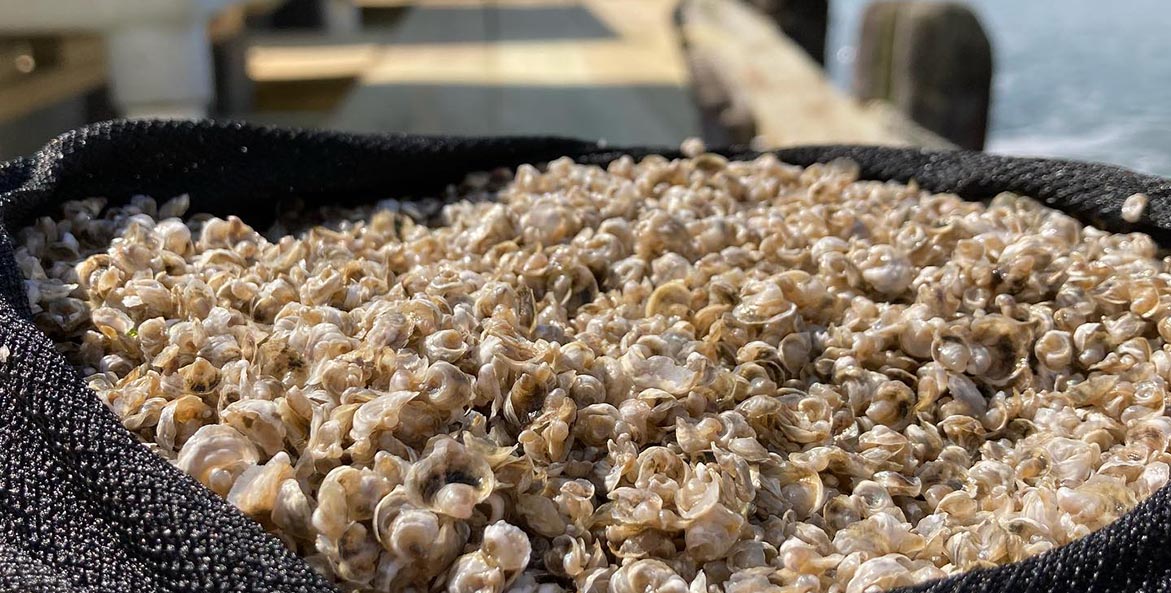
Seed oysters at the Oyster Seed Holdings hatchery in Gwynn Island, VA.
Oyster Seed Holdings
Hatching Oysters
There's another type of farming that is critical to Bay restoration: oyster farming. It all starts with a hatchery. Oyster Seed Holdings, Inc, an independent commercial hatchery and partner of the Chesapeake Oyster Alliance, is spreading the word on shellfish aquaculture in a unique way: inviting the public on immersive oyster hatchery tours.
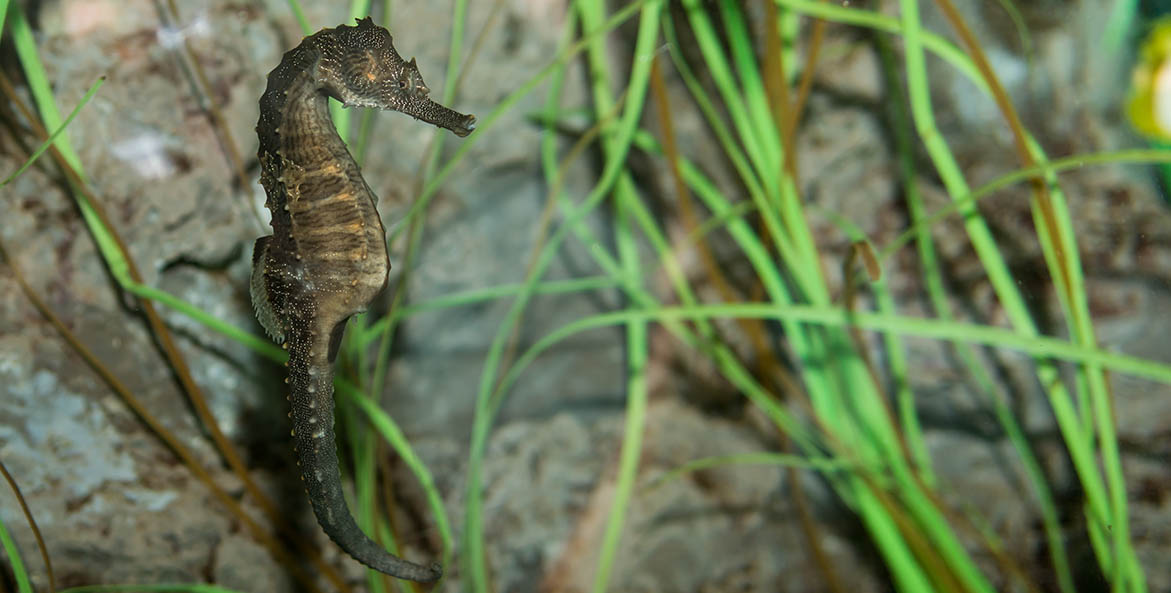
Weak swimmers, lined seahorses (Hippocampus erectus) cling to underwater grasses with their prehensile tails to survive buffeting currents.
iStock/Jason Ondreicka
Whales, Otters, and Seahorses
Even in winter, the Bay is very much alive. Juvenile humpback whales hang out in Virginia's nearshore waters from November to early March (though whales once made it as far north as Annapolis!), and you may spot otters playing in an icy stream. As spring arrives, so too will underwater grasses—perfect habitat for seahorses.
VIDEO: Around the Bay in 60 Seconds
In this month's news roundup: CBF testifies before Congress to support scientific research and wildlife habitat restoration; Pennsylvania records an increasing number of impaired waterways; EPA finds the Conowingo Dam cleanup plan lacks financial backing; Virginia leaders consider agricultural cost-share funding for conservation practices, and more.
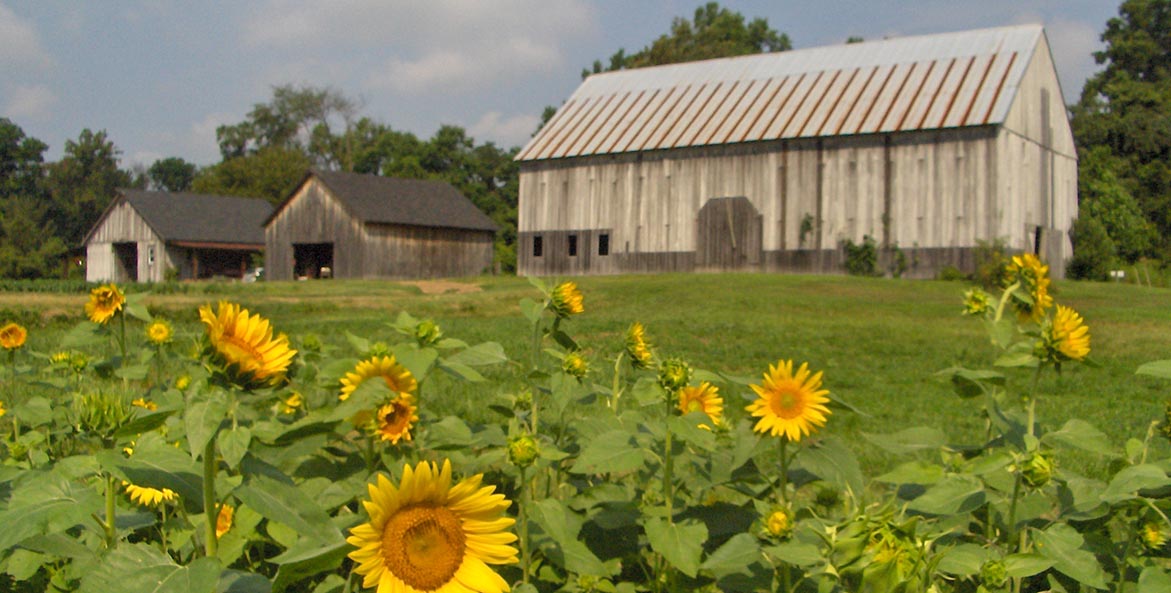
CBF’s 283-acre Clagett Farm is located in Upper Marlboro, Maryland.
Roshani Kothari
What You Can Do
- Get your Clagett Farm CSA share, registration opens Feb. 21, just in time for National CSA Week.
- We're hiring! Check out our latest job and internship opportunities.
- Save the Date. Learn how to grow a garden for pollinators, help out on Clagett farm, join us for the D.C on the Half Shell gala, and more.
- As legislative sessions progress, we're continuing to raise our voice on Bay-related legislation—and you can, too! From clean water investments in Virginia to climate solutions in Maryland to supporting farmers in Pennsylvania and across the watershed, there are plenty of ways that you can take action today.
- It's Matching Gift Month! Did you know you can double or even triple your donation to CBF—at no cost to you? Many companies match donations made by employees and retirees up to $10,000. Find out if your company will match your gift.
- Were you forwarded this email? Like what you see? Sign up for our monthly Save the Bay e-newsletter.
- Help us continue to bring the Bay and its rivers to you at home each month. Donate today.

